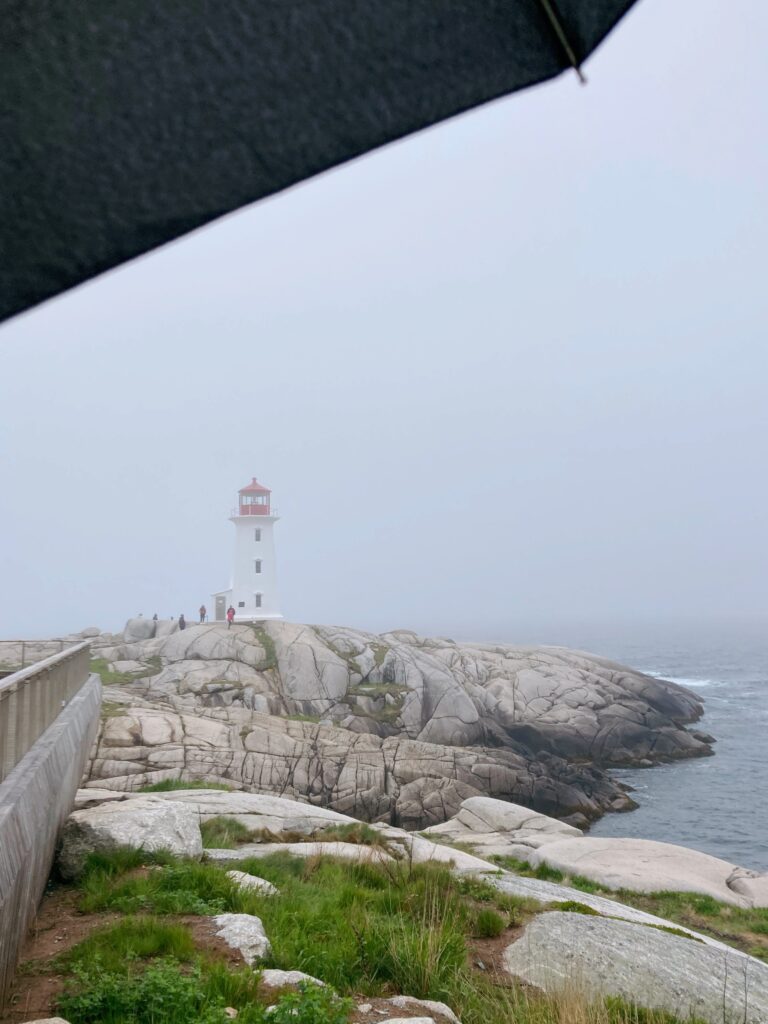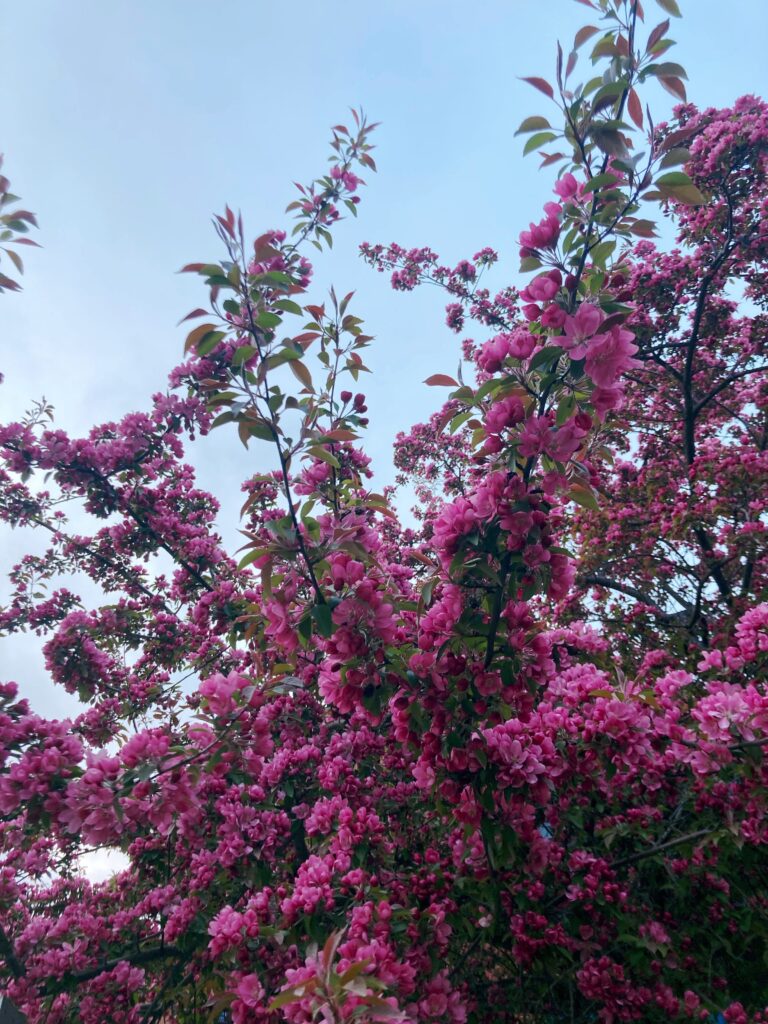Before interning at the Centre for Law and Democracy, I didn’t expect I would learn about how human rights law and journalism intersect. I took an Investigative Journalism course during my undergraduate degree and completed a major in communications, but the start of law school seemed to mark the end of my learning about journalism.
The Centre for Law and Democracy’s support for journalists across the globe showed me how journalism and legal work can converge. Some of the Centre’s projects over the summer included collaborating with emerging independent press councils, facilitating an online course for media professionals on access to information laws and policies, and gathering legal information for journalists reporting on war crimes and sexual and gender-based violence.


At the Centre for Law and Democracy, I saw how communication and social justice can intertwine. Communication can be not just a stream of language and ideas, but a bridge across a stream that connects us to those on the other side. Communication can weave connection; information can sew solidarity.
These ties are shown by the phenomenon of internet shutdowns amidst grave human rights violations. Governments at times block internet access to suppress necessary support and collaborations between population members and those outside that particular state.
Supporting journalists is crucial for protecting media freedom. Protecting media freedom is crucial for exposing injustice. Organizations like the Centre for Law and Democracy strengthen journalists’ basic human rights as well as mechanisms for holding governments and other powerful entities to account.
I am so grateful to have learned from the team at the Centre for Law and Democracy this summer, and to have experienced Mi’kma’ki (Nova Scotia), the ancestral and unceded territory of the Mi’kmaq People, for the first time. While I’m no longer in Halifax, memories from the East Coast and the knowledge I gained through my internship remain close to me still.
